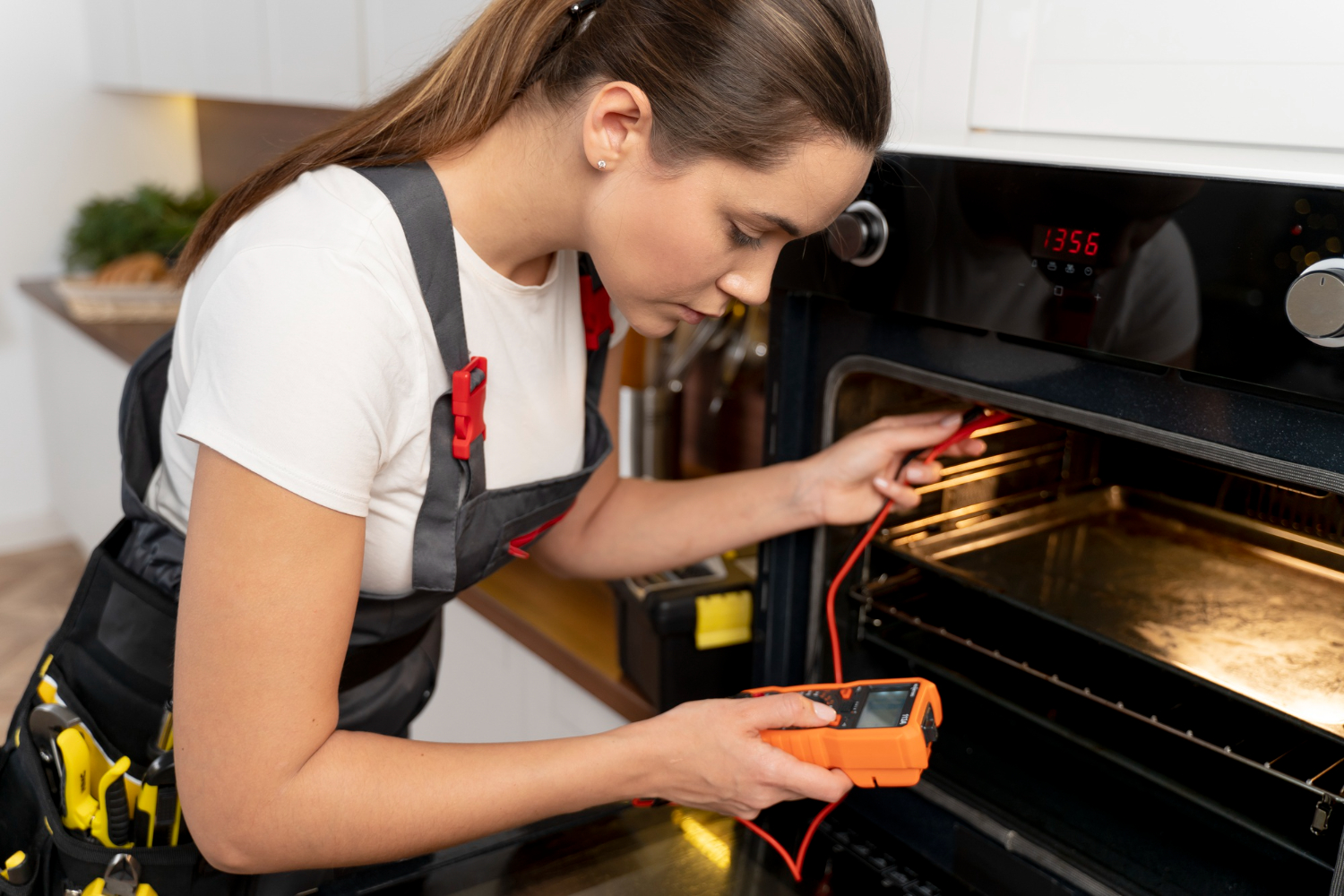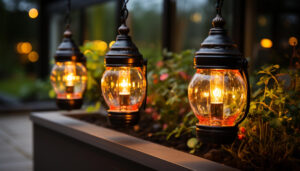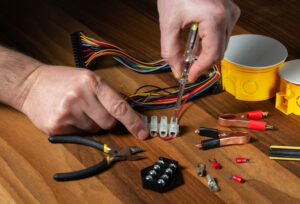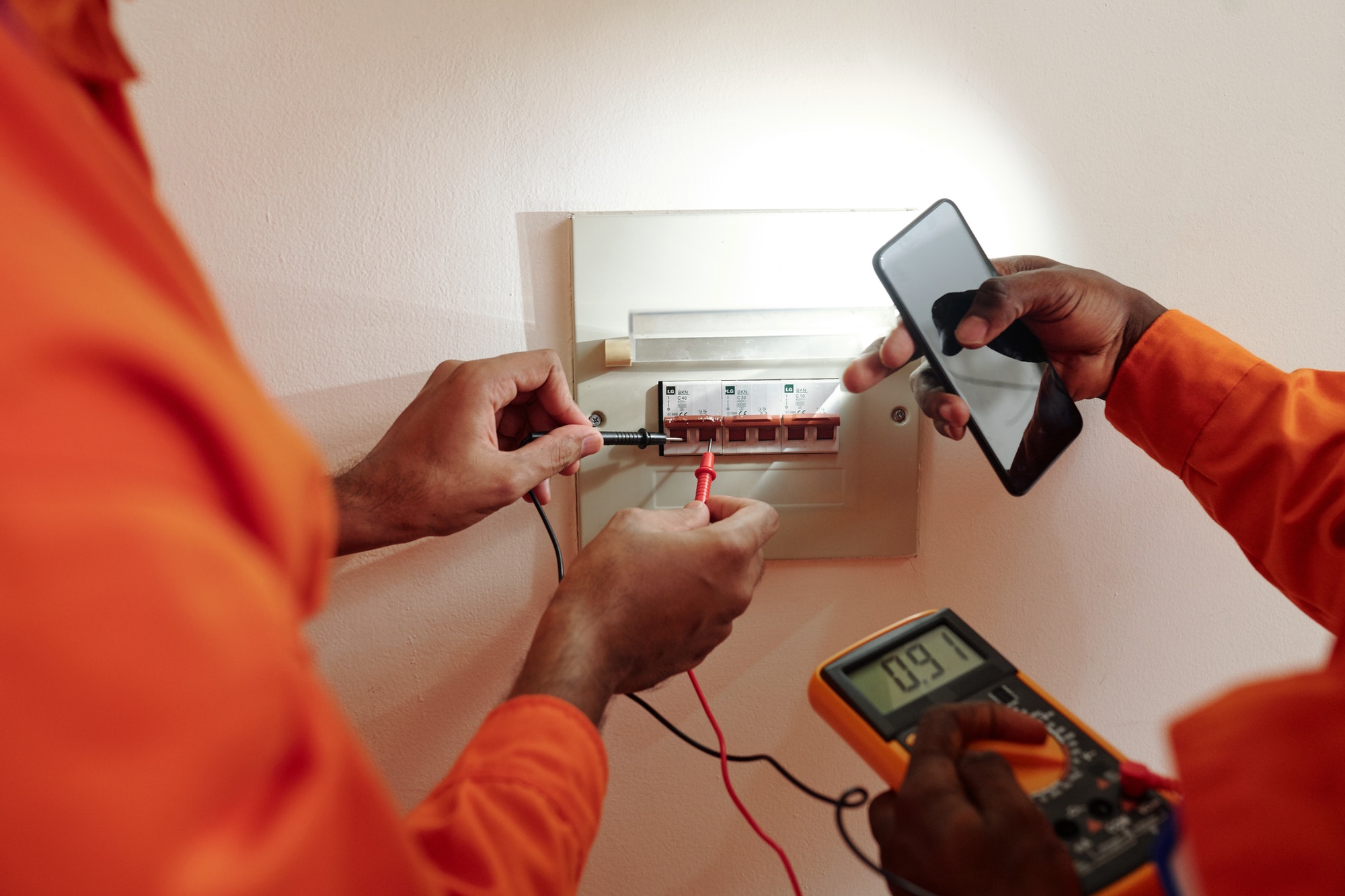Installing an electric cooker can be a significant upgrade to any kitchen, enhancing cooking efficiency and overall functionality. However, to ensure safety and optimal performance, there are several key considerations you need to keep in mind during the installation process. Here are the essential points to consider for a safe and efficient electric cooker installation.
1. Choose the Right Location
The location of your electric cooker is crucial. It should be positioned away from any flammable materials, including curtains, oils, and other kitchen appliances that generate heat. There should be adequate space around the cooker to prevent heat buildup and to ensure that the heat emitted doesn’t affect surrounding cabinetry or appliances. Also, consider the ventilation in your kitchen; electric cookers should be in well-ventilated areas to manage heat and cooking odors efficiently.
2. Check Power Requirements and Supply
Electric cookers typically require more power than other kitchen appliances. Before installation, check the cooker’s power requirements, usually detailed in the user manual, and ensure your kitchen’s electrical system can handle the load. Most cookers need a dedicated circuit with a higher amperage breaker, and some might require a specific type of power outlet. It’s advisable to hire a qualified electrician to assess and upgrade your electrical supply if necessary.
3. Install a Residual Current Device (RCD)
For enhanced safety, ensure that your kitchen’s electrical circuit is protected by a Residual Current Device (RCD). An RCD is a safety device designed to break an electrical circuit instantly to prevent the risk of serious harm from an ongoing electric shock. This protection is particularly important in environments where electrical appliances could potentially come into contact with water.
4. Secure Fitting and Stability
An electric cooker must be installed on a stable, level surface to operate correctly and safely. Improper installation can lead to uneven cooking and pose a risk of the cooker tipping over, especially when heavy pots or pans are placed on its surface. Most cookers come with adjustable feet or can be fitted within a designed space that securely accommodates its dimensions.
5. Use High-Quality Cabling and Connections
Using high-quality cables and secure connections is vital for safety and the longevity of your appliance. Inferior quality cables or improperly secured connections can lead to electrical fires or malfunction of the appliance. Again, employing a professional electrician to handle the wiring and connections ensures that all technical specifications are met and safety standards are upheld.
6. Ventilation System
Ensure your kitchen has adequate ventilation. This is not just about managing odors and steam but also about protecting the cooker’s electrical components by ensuring they do not overheat. If your kitchen does not have a ventilation system, consider installing a range hood or extractor fan above the cooker.
7. Professional Installation
While it might be tempting to install an electric cooker yourself, professional installation is recommended. A certified electrician or a qualified installer can ensure that all safety protocols are followed, from the electrical connections to the physical placement and stability of the cooker.
8. Consult the Manufacturer’s Instructions
Always refer to the manufacturer’s installation instructions. These guidelines are specific to your model and designed to ensure safe and efficient use. The manual will include necessary clearances, power requirements, and other critical installation details.
Conclusion
The installation of an electric cooker involves careful consideration of location, power requirements, safety devices like RCDs, and professional installation. By addressing these key points, you can ensure that your electric cooker will be a safe, efficient, and valuable addition to your kitchen, enhancing your cooking experiences while adhering to all safety standards. Remember, safety first – never compromise on the guidelines and professional services necessary for a safe installation.







